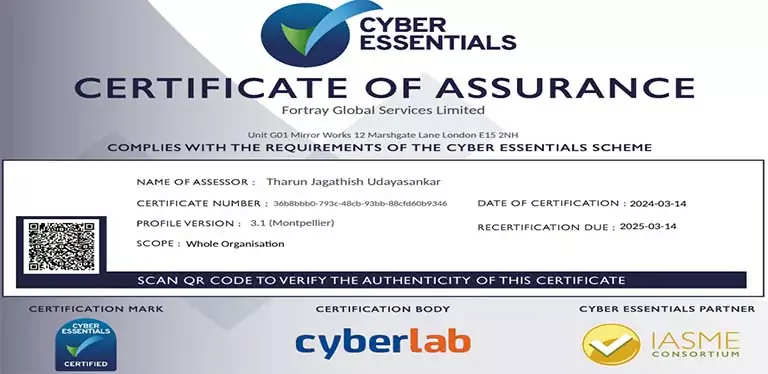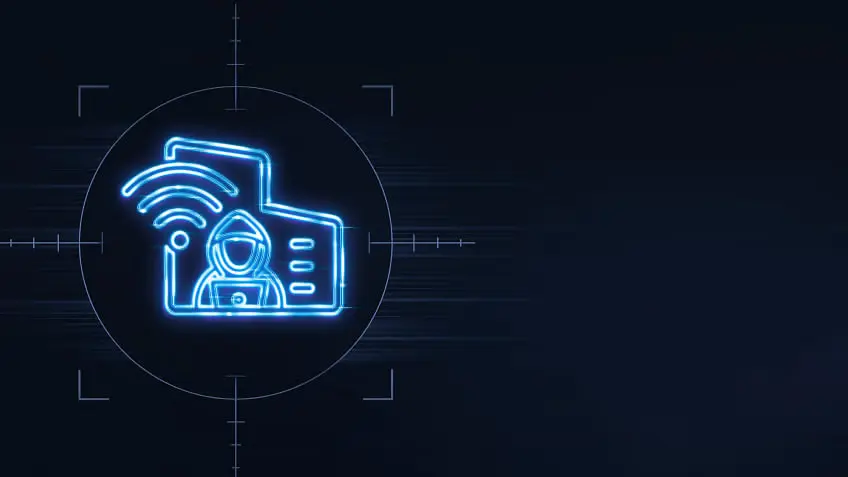- Second-Line Support is crucial for resolving complex IT issues that exceed the capabilities of first-line support.
- This support tier enhances operational efficiency, customer satisfaction, and contributes to overall business success.
- Challenges faced by second-line support include increasing IT complexity, high volumes of escalations, and communication barriers.
- Global insights highlight a growing demand for skilled IT support professionals and the cost savings associated with effective second-line support.
- Best practices for optimizing second-line support include investing in training, leveraging automation, and promoting collaboration between support tiers.
Organizations depend heavily on robust IT infrastructure to ensure smooth operations. But as technology advances, so does its complexity, creating a need for specialized support tiers to address challenges effectively. Second-line support stands at the heart of this structure, bridging the gap between initial troubleshooting and deep technical problem-solving. Let’s delve into what second-line support is, its significance, and how it serves as the backbone of IT issue resolution.
Understanding Second-Line Support
Second-line support, also known as Tier 2 support, is the next step in the IT support hierarchy after first-line support. While first-line support handles basic troubleshooting, such as password resets or software installations, second-line support addresses more complex technical issues that require in-depth knowledge and expertise. Second-line technicians are equipped with specialized skills to analyze, diagnose, and resolve problems that cannot be handled by front-line teams.
These specialists collaborate with other departments, escalate unresolved issues to third-line support or external vendors, and often provide feedback to improve IT processes. Their work ensures a seamless transition between identifying problems and implementing solutions, minimizing downtime and enhancing user satisfaction.
The Role of Second-Line Support in the IT Ecosystem
1. Efficient Problem Resolution
Second-line support teams are skilled in handling intricate issues, such as server outages, application malfunctions, or network connectivity problems. Their ability to dive deeper into diagnostics helps ensure that problems are resolved more efficiently than if handled solely by first-line teams.
For example, a 2023 report by HDI (Help Desk Institute) found that organizations with well-structured second-line support resolved 75% of escalated cases within two business days, compared to 60% for companies lacking such teams.
2. Enhancing Customer Experience
Customer satisfaction hinges on swift and accurate issue resolution. Second-line support teams bring expertise that first-line staff may lack, ensuring that escalated cases are handled professionally. This reduces customer frustration and fosters trust.
A Gartner study revealed that organizations investing in second-line support saw a 30% increase in customer retention, as users were more confident in the company’s ability to address their concerns effectively.
3. Supporting First-Line Teams
Second-line support acts as a vital resource for first-line teams by providing them with technical guidance and knowledge. This collaboration helps improve the overall efficiency of the IT support process, as front-line staff can better identify and escalate issues requiring advanced expertise.
4. Knowledge Sharing and Process Improvement
Second-line support often identifies recurring issues and develops documentation or training resources to prevent similar problems in the future. By sharing this knowledge with first-line teams, they contribute to a more proactive support strategy, reducing the frequency of escalations.
Key Challenges Faced by Second-Line Support
Despite its crucial role, second-line support teams face significant challenges:
1. Increasing Complexity of IT Systems
Modern IT environments involve a mix of cloud services, IoT devices, and hybrid infrastructures. Navigating this complexity requires constant upskilling and access to advanced diagnostic tools.
2. High Escalation Volumes
A Zendesk report in 2024 highlighted that 42% of second-line teams face high volumes of escalations, leading to burnout and delays in resolving critical issues. Balancing workloads and prioritizing tasks is essential for maintaining efficiency.
3. Lack of Proper Communication Channels
Miscommunication between first-line and second-line teams can result in delayed resolutions. Clear communication protocols and detailed documentation are necessary to avoid misunderstandings.
Global Insights into Second-Line Support
1. Demand for Skilled Professionals
According to the Bureau of Labor Statistics, the demand for IT support specialists, including second-line technicians, is expected to grow by 8% annually until 2030. This growth is driven by the increasing reliance on technology across industries.
2. Cost Savings through Effective Support
A study by Deloitte found that companies with well-implemented second-line support saved 25% on IT operational costs annually. This is attributed to reduced downtime, faster problem resolution, and optimized resource allocation.
3. Regional Adoption Trends
In Europe, 78% of organizations employ multi-tiered IT support models, compared to 65% in North America and 50% in Asia-Pacific. The difference highlights varying levels of maturity in IT support practices globally, with regions like Europe setting benchmarks for others to follow.
Best Practices for Optimizing Second-Line Support
1. Investing in Training
Providing continuous learning opportunities for second-line support teams ensures they stay updated with the latest technologies and troubleshooting methodologies.
2. Leveraging Automation Tools
AI-driven tools, such as predictive analytics and automated diagnostics, can help second-line teams quickly identify root causes and reduce resolution times.
3. Building Strong Knowledge Bases
Comprehensive knowledge bases empower both first-line and second-line teams to address issues effectively, minimizing unnecessary escalations.
4. Encouraging Collaboration
Promoting seamless collaboration between support tiers fosters better communication, resulting in faster issue resolution and improved user satisfaction.
The Future of Second-Line Support
As technology evolves, so will the role of second-line support. The rise of artificial intelligence, machine learning, and automation is expected to reshape how IT issues are handled. Second-line support will likely become more proactive, focusing on preventing problems rather than merely resolving them.
Additionally, the integration of advanced cybersecurity measures into support processes will be critical as cyber threats become more sophisticated. Second-line teams will play a pivotal role in safeguarding organizations from potential breaches and data loss.
Conclusion: Second-Line Support – The Unsung Hero of IT Operations
Second-line support is a cornerstone of modern IT operations, bridging the gap between basic troubleshooting and advanced problem-solving. By addressing complex issues with expertise and precision, these teams not only enhance operational efficiency but also contribute to customer satisfaction and long-term business success.
If your organization seeks to optimize its IT support framework or is looking for skilled professionals to strengthen your second-line support, Fortray’s tailored services are here to help. With over 14 years of experience in IT education and services, Fortray equips individuals and businesses with the expertise needed to thrive in a tech-driven world.








